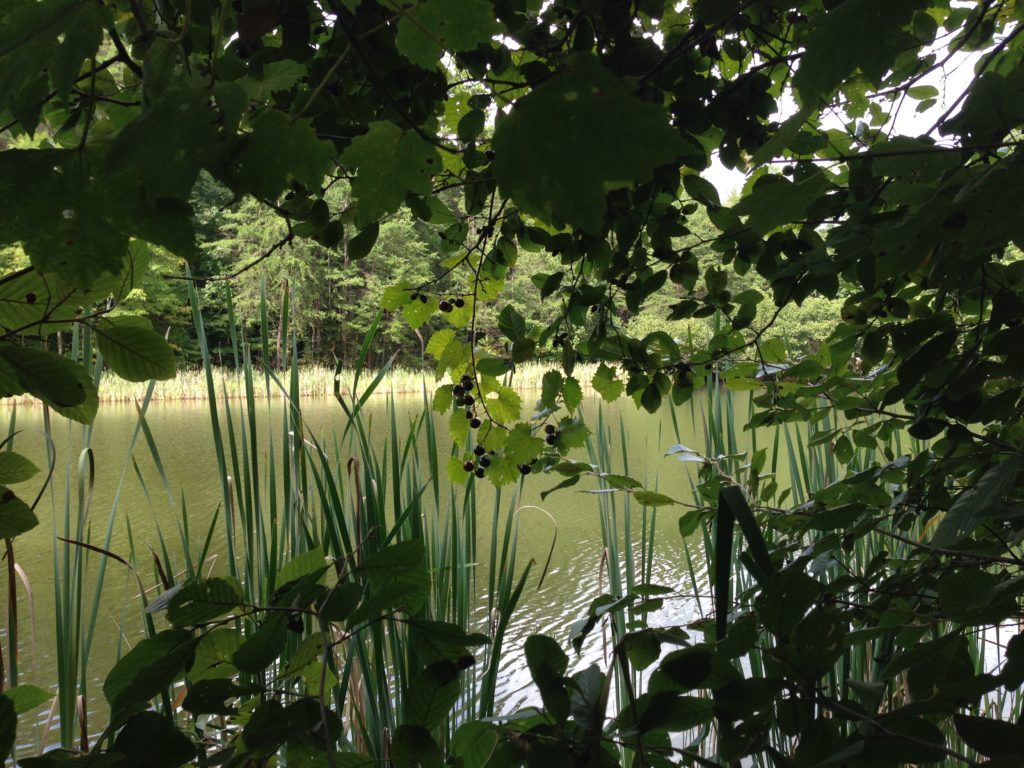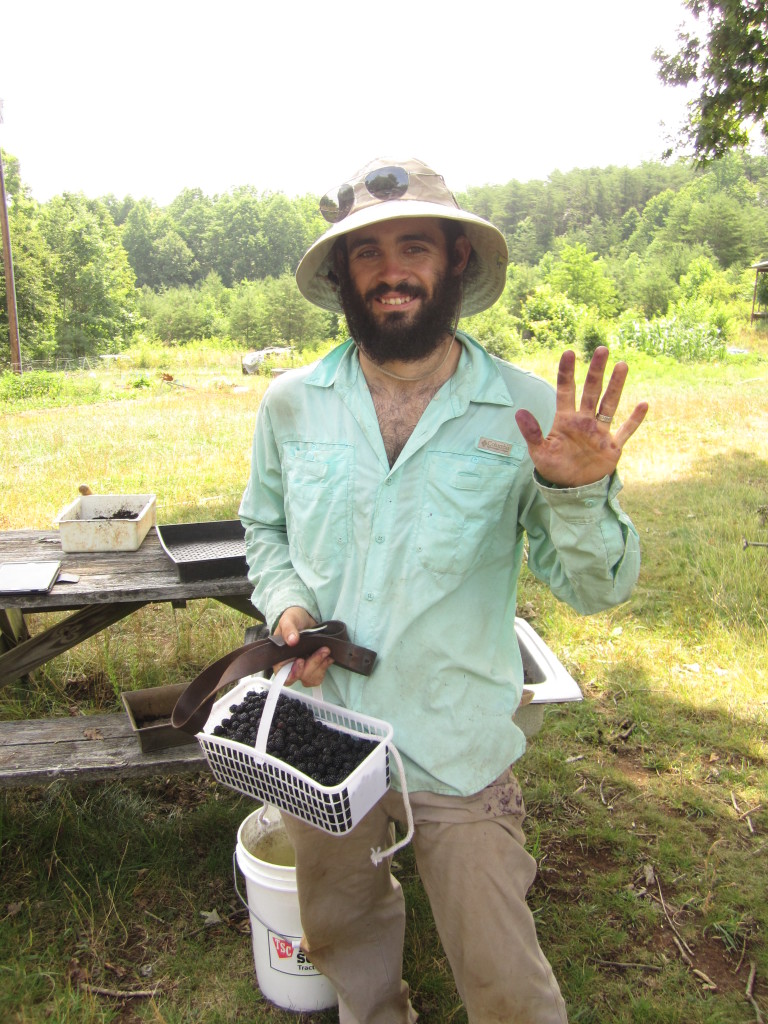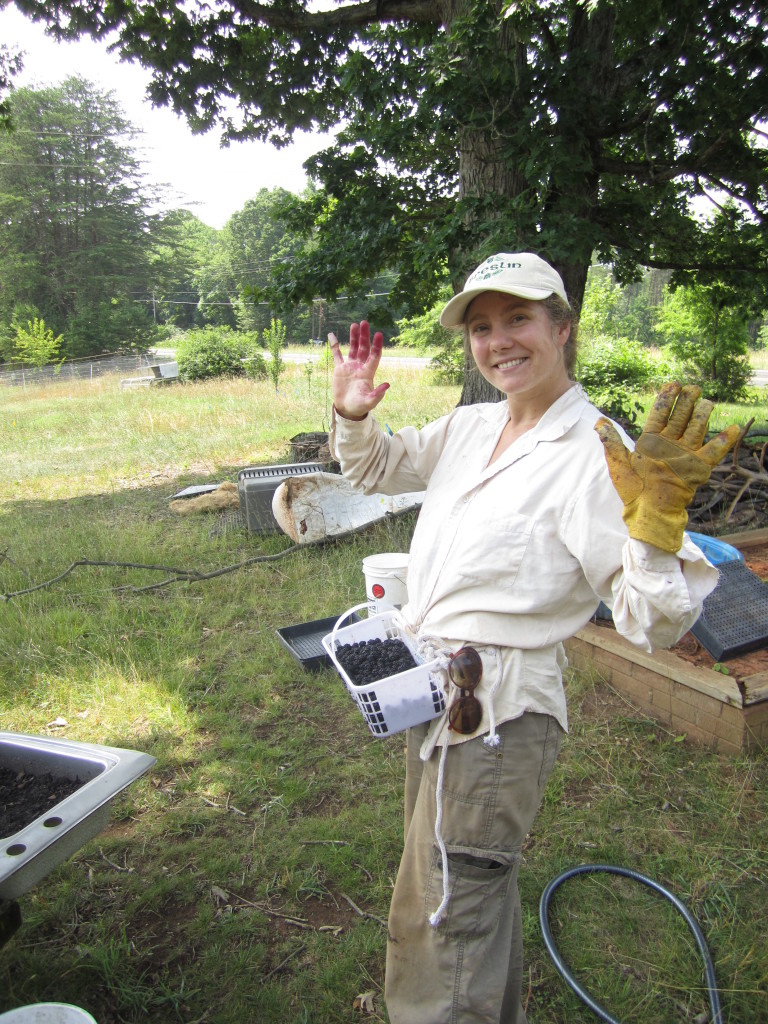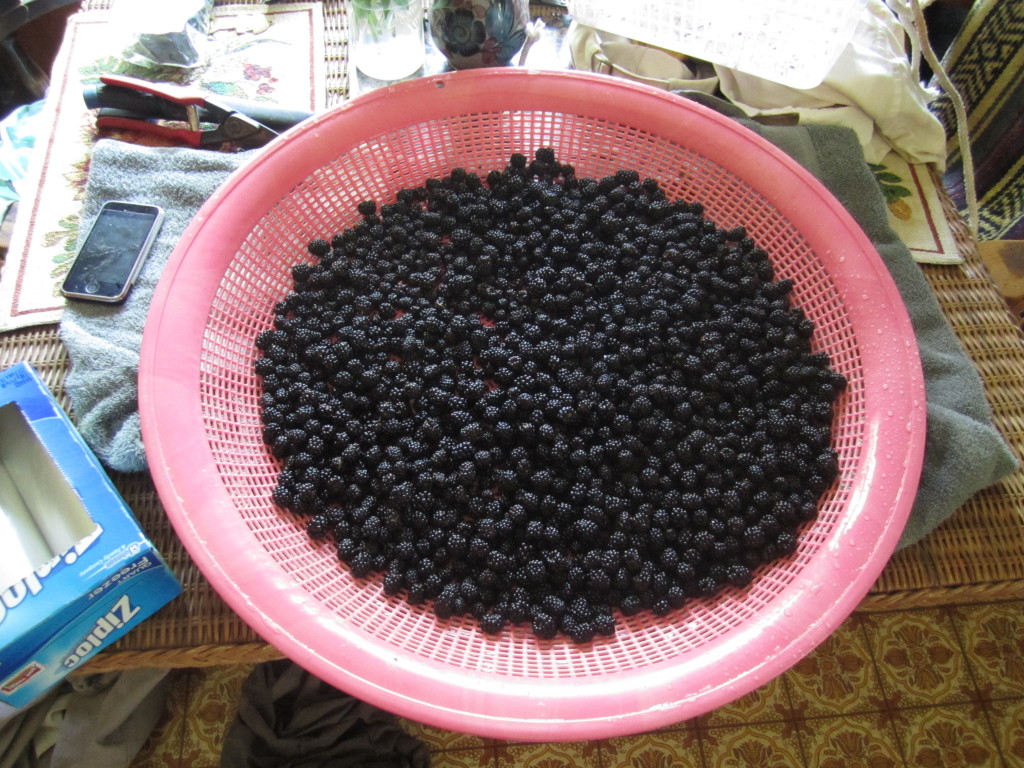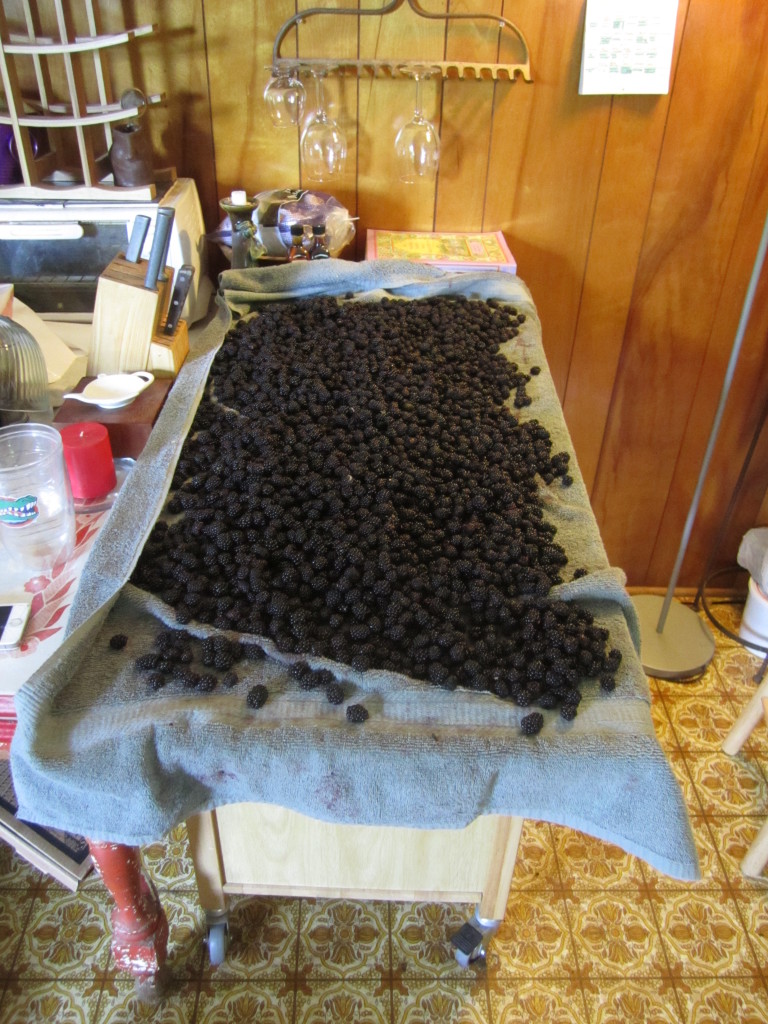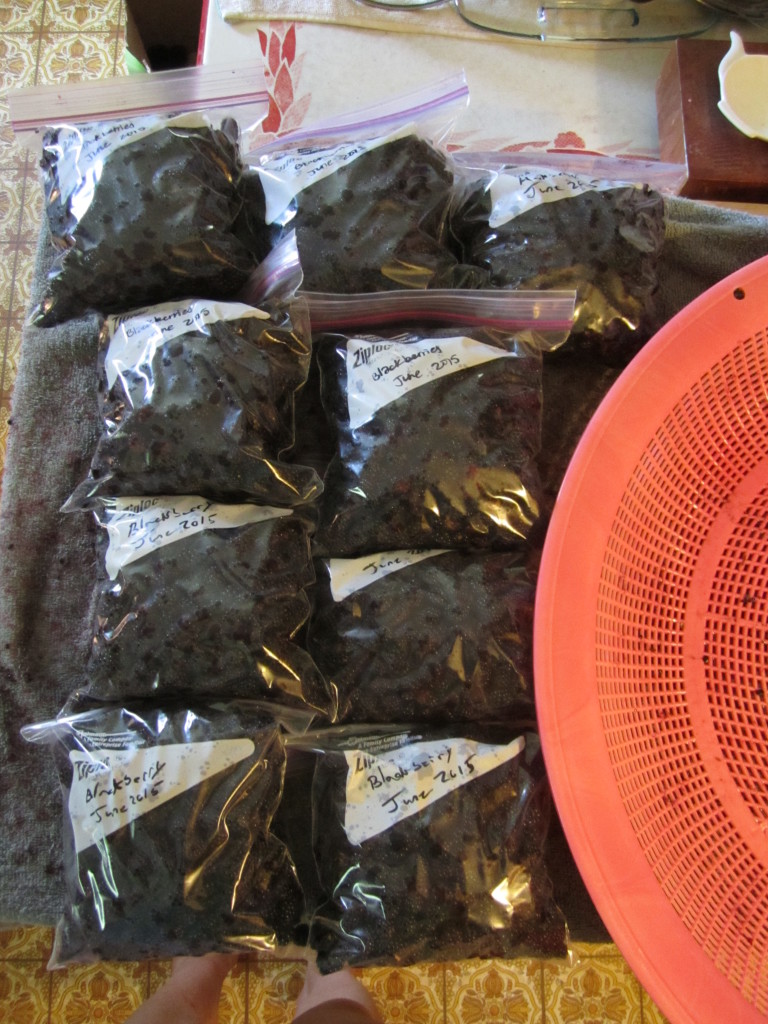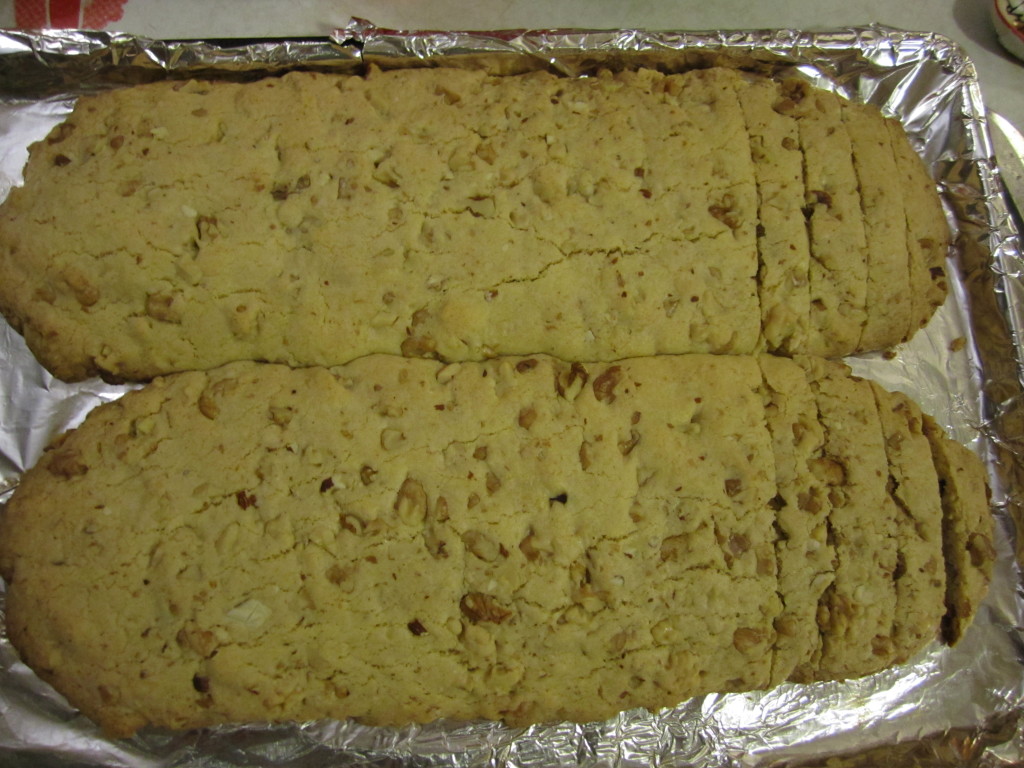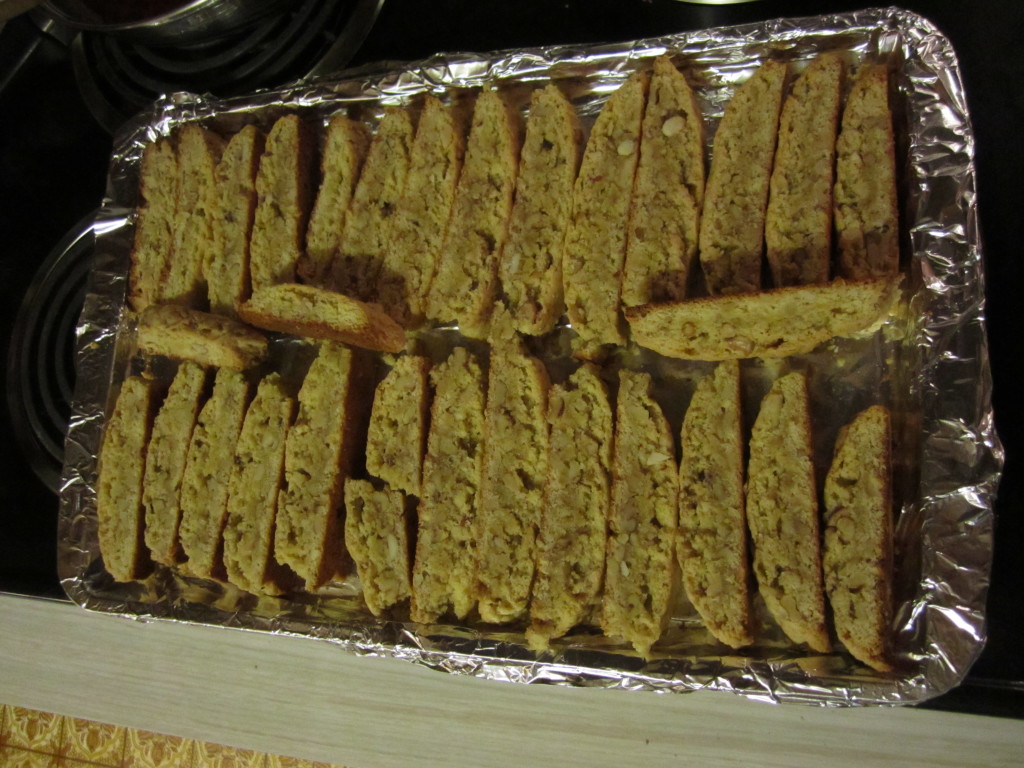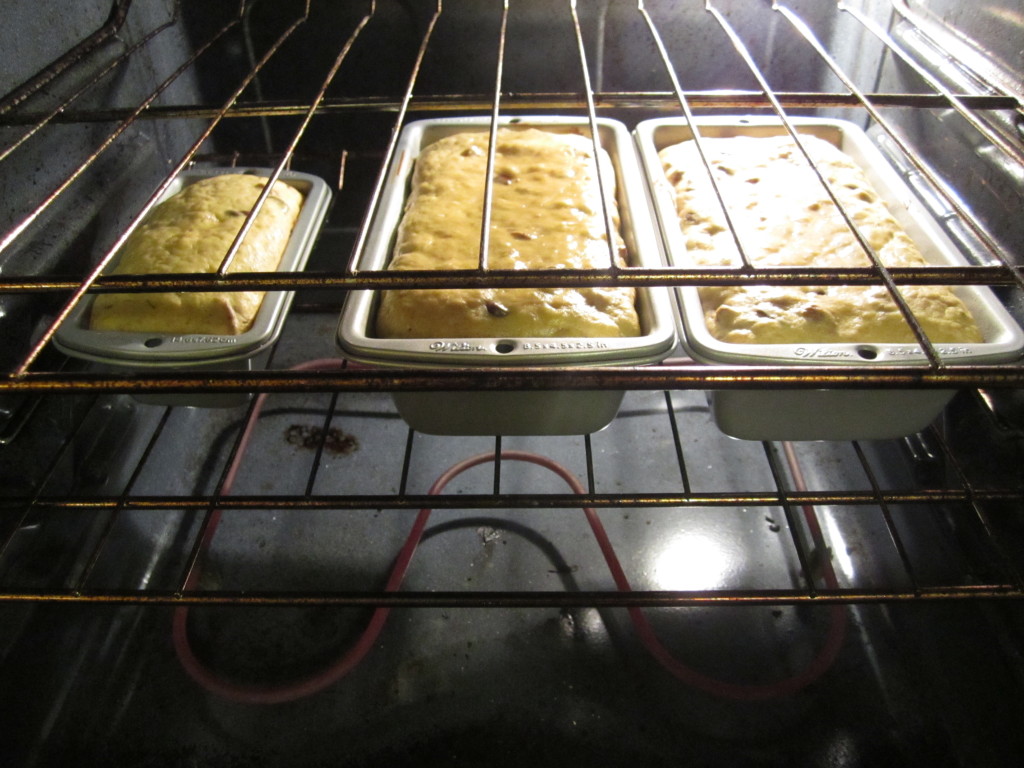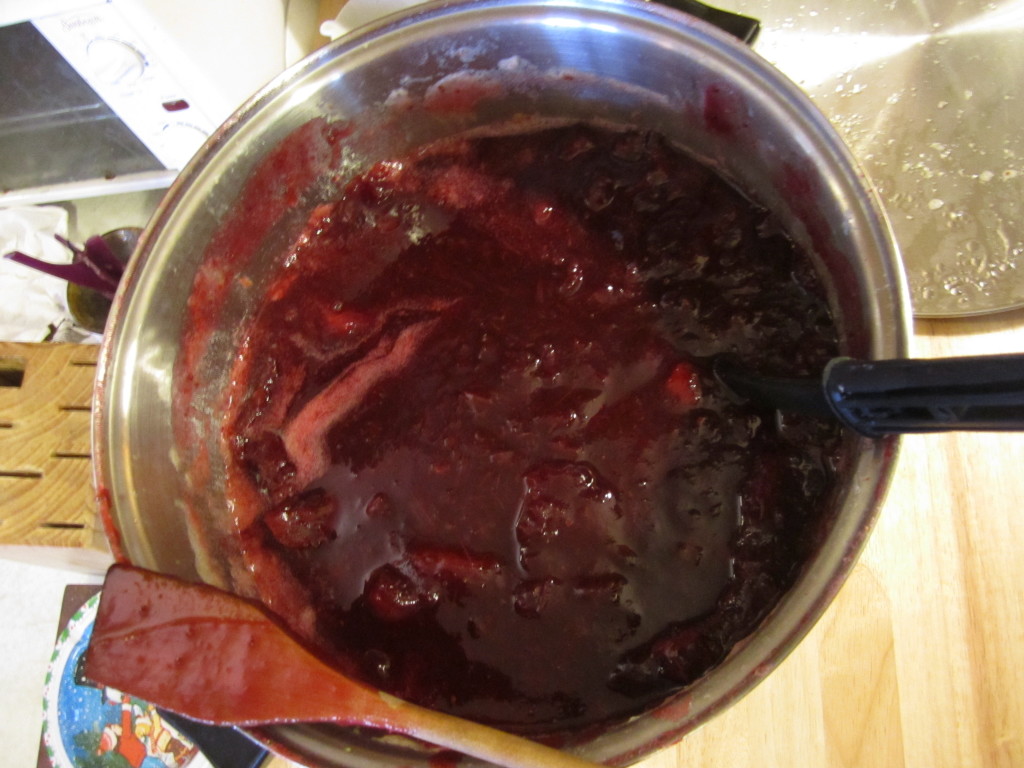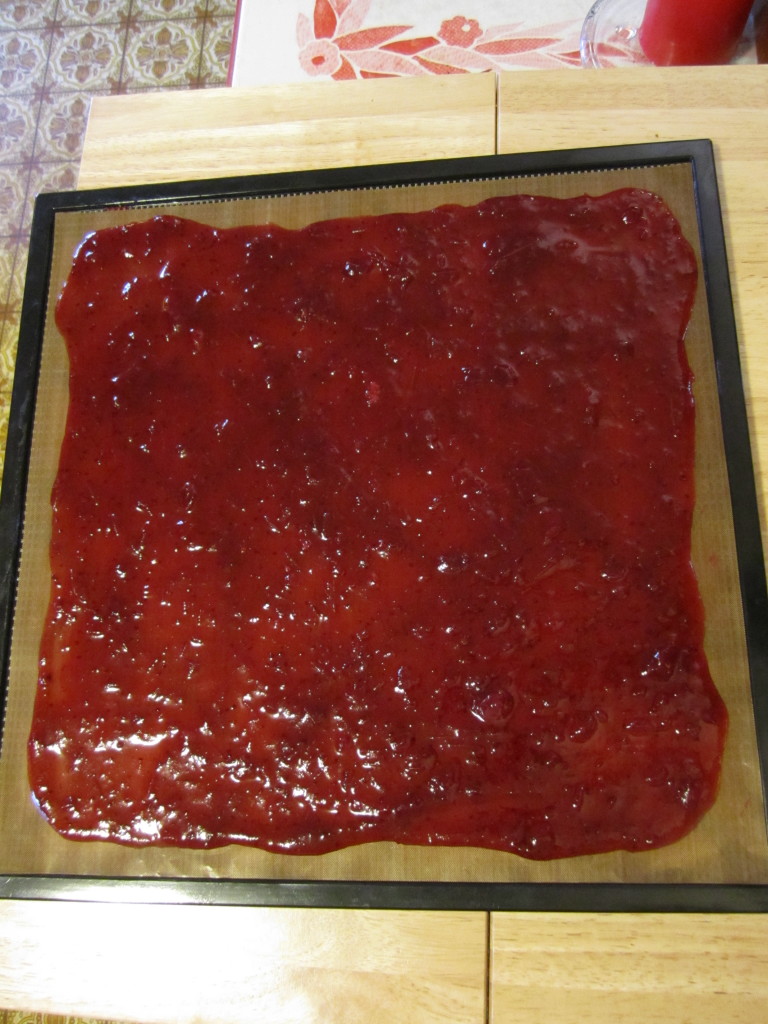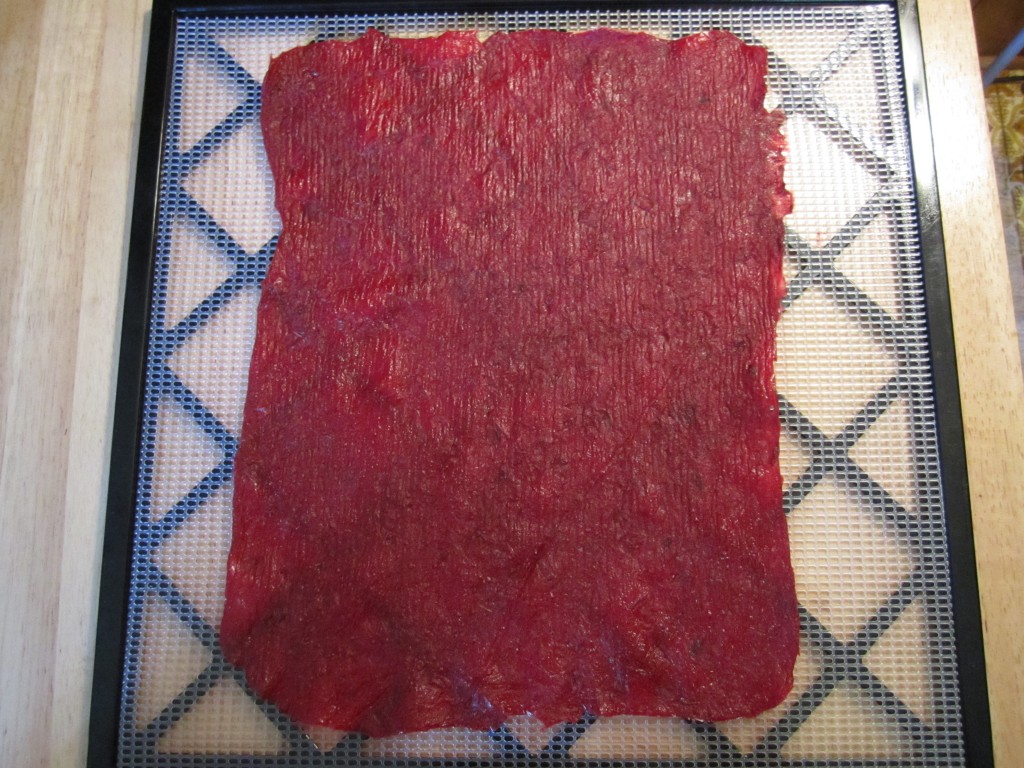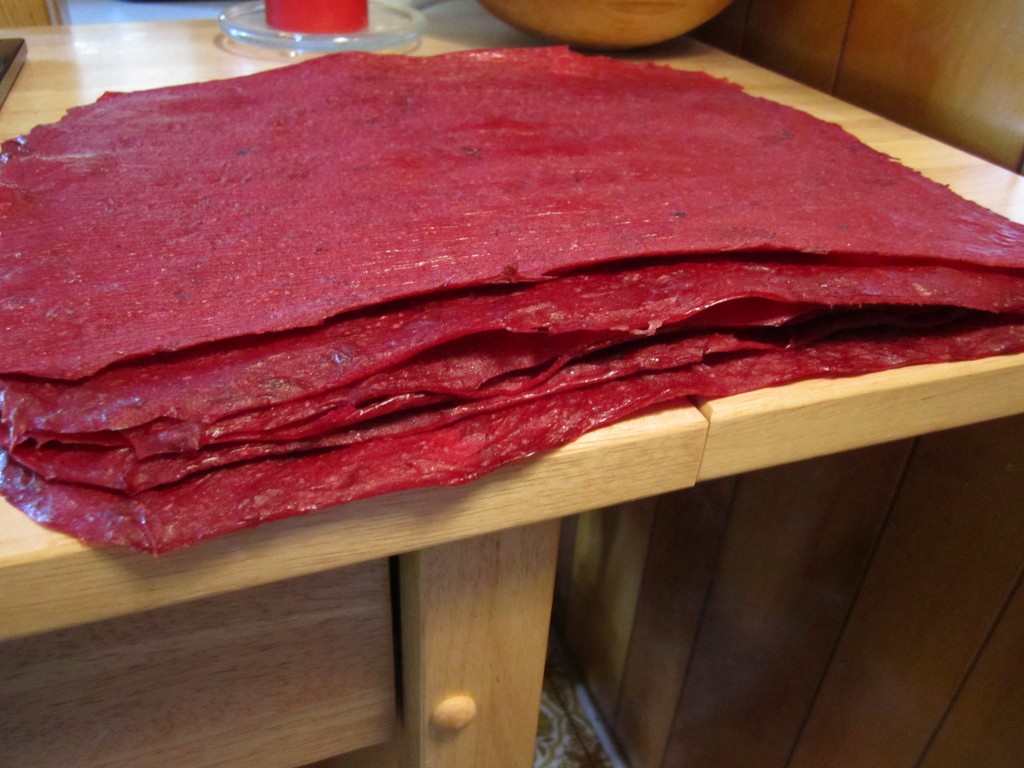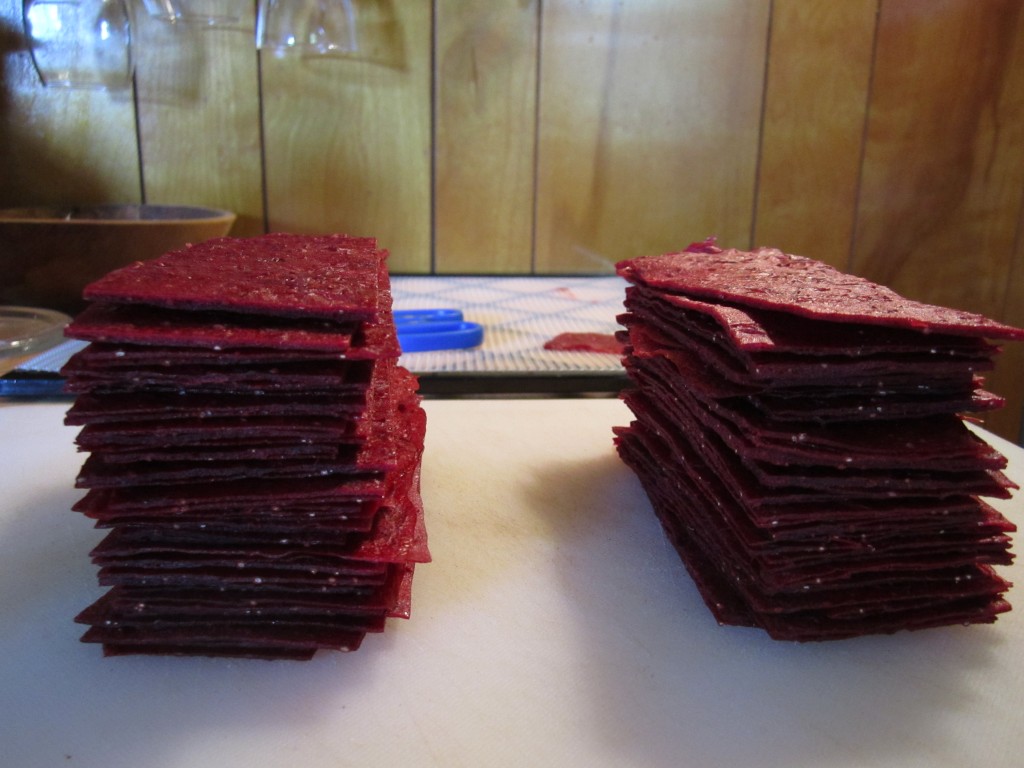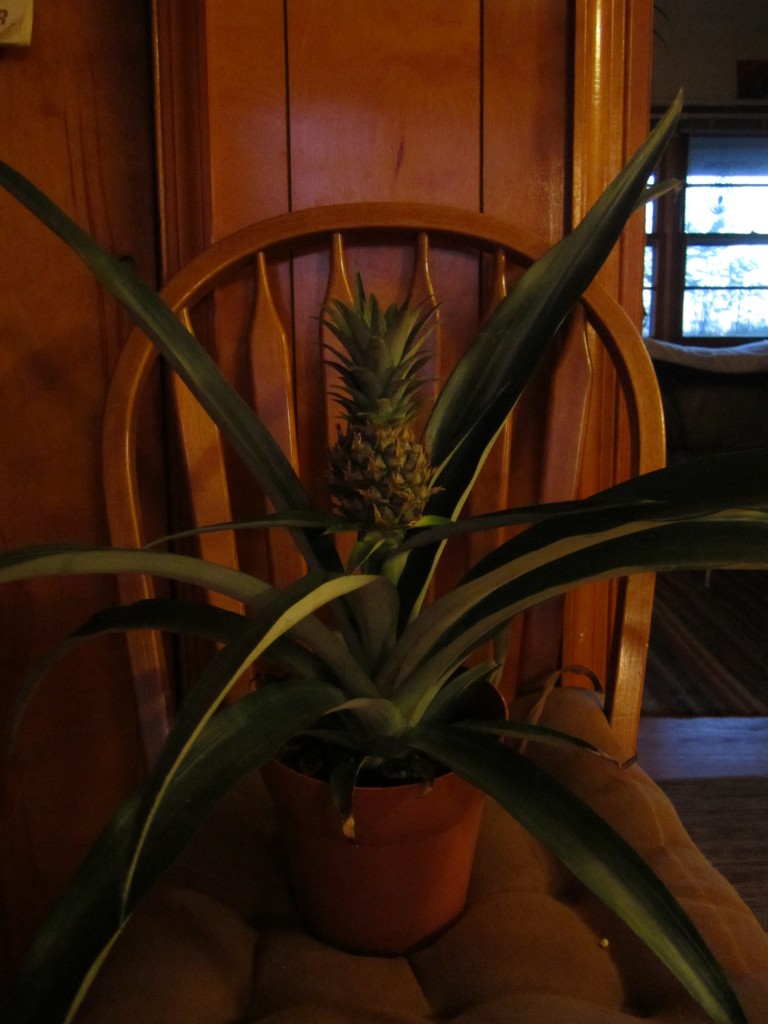This video is a brief look at our Methley plum’s first year producing fruit for us. So exciting! The Methley is a self-fertile plum with a purple skin and purple/red flesh. We have Methleys for sale if you want a delicious, fruit-bearing tree of your own.
KW Homestead
Pasture Raised Poultry & Edible Landscaping Plants Since 2013
Tag: fruits
There’s nothing quite like a fresh picked muscadine grape that has only traveled the distance from the vine to mouth via your hand. No sprays, waxes or added sugars necessary. These delicous fruits are a great pick for organic gardeners, and others interested in edible landscaping in the South.
Muscadines (Vitis rotundifolia) work so well here in North Carolina because they are our native grape. They are resistant to our most common pests and diseases, such as Pierce’s disease and Phylloxera which can wreak havoc on popular V. Vinifera cultivars like Merlot, Cabernet, and Chardonnay. While these familiar favorites can be grown in NC and other Southern States, you have to be careful with variety and site selection for your vineyard, and pay particular attention to rootstocks and soil characteristics before planting your backyard vineyard.
While planting muscadines on your property is definetly a productive option, wild muscadines are extremely common in our forests and woodland edges and are a great option for wildcrafters and foragers. In fact, this harvest of grapes was one we foraged from wild vines growing along the edge of our pond.
Wild muscadines tend to ripen over a period of a couple weeks in late summer/early fall, so it often takes multiple trips spaced out over time to gather the fruits from one vine. Of course you won’t get them all, and many birds and mammals will feast on the ones left behind or drop to the ground. On our farm, the free range ducks, chickens, and heritage turkeys relish these sweet treats as they fall from vines that can reach up to 60 ft tall in the canopies of oaks, hickorys, and pines.
Wild vines aren’t always the most productive, and the ones that are growing in mature trees are often too high to harvest anyway. The best vines are those that are growing along smaller trees and shrubs that are easily accessible to human hands.
Once you find a vine like this, one option is to tend to it like you would a planted vine. Selective pruning to remove dead wood and overgrowth of foliage, as well as some light pruning of nearby vegetation to let in some more light will help to ripen more fruit. Some vines can even be lowered onto supporting vegetation that is makeit easier to harvest these delicous grapes.
This type of “wild encouragement” is an easy way to increase fruit yields that benefit both you and nature. As long as you are careful, and make sure you aren’t messing around on protected property, this can be a very positive human interaction with the landscape.
Whether you’re planting improved varieties of muscadines or foraging from wild vines, these vigorous natives are delicous fresh out of hand, or in wines, jellies and jams. Happy picking!
Harvest season is upon us! In addition to the wild blackberries we put up, we harvested apples the other day from our somewhat deformed backyard Apple tree. This tree was planted by the previous owners of our homestead and forgotten to the point that it was almost completely engulfed by a massive honeysuckle vine.
Our first year here, it produced only a few small and tart apples that were eventually all eaten by deer, but after removing the honeysuckle and some heavy pruning, we were rewarded with a 32 pound harvest last summer.
This winter, I pruned it even more, and actually grafted some Roxbury russet scion onto a few potential leaders. Serious pruning of any fruit tree should be carried out over several seasons, so as not to shock the tree too badly.
This year, we harvested a little over 40 pounds of apples. Now that’s not the 4-7 bushels that I talk about in my post on the value of a fruit tree investment, but it is a lot of apples for, other than a little pruning in winter, and 20 minutes of picking in Summer, essentially no input. No fertilizer, insecticide, fungicide, herbicide, or irrigation.
Now of these 40 pounds of apples, I’d say that only 15% are “grocery store” apples. That is nice and plump, with no blemishes, bruises, funny shapes or insect bites. We’ll eat these fresh and savor every bite.
The rest of the apples will be processed and preserved. We are plan on drying/dehydrating them. Of these apples, the non grocery store apples, most of them contain either a few minor defects, or 1 large defect. They also tend to be a bit smaller, and more oddly shaped. This doesn’t effect the flavor though and they should dehydrate fine. 70% of our apples fall into this category.
The next batch of apples have more serious defects, often a major soft spot that will effect its shelf life, or many medium sized defects. These apples are often small, and we are going to have to cut around the bad parts when we dehydrate them. They are still usable, but the yield of fruit on them is low. I’d say about 10% of the apples fit this category.
The last category are the culls. They’re pig food. These apples are either too small to mess with, or almost completely covered in defects and soft spots. Drops and rotten apples fall into this category and they will be fed to the pigs who will enjoy them thoroughly. The remaining 5% fall into this category.
All in all not too bad, and we will definitely update you when we start dehydrating apples!
It seems now, as I write this, that blackberry season is over on the homestead. We were hoping to harvest 50 quarts but we fell short this year, landing somewhere around 15. Not nearly as much as we wanted, but it definitely is a great start since last year we harvested 0 quarts!
The picking process is simple, really. You just have to be a little thicker skinned than usual and get used to getting scratched and hurt (not such a new concept around here, really!).
We both got suited up with long pants, a long-sleeved shirt, a hat (the brim really helps by keeping briers from smacking you in the face), and a glove.
We tied the baskets to our front, as though we were carrying basket-baby-bellies which allowed us to keep both hands free. We could fit about 4 or 5 pounds in the basket before it got too full and heavy, which meant that we could pick for at least an hour without having to go back to the house to drop off our fruits.
Jason had a different tactic than I did. I chose to wear a glove on my left hand so that I could grab briers and pull them closer to me to pick the berries with my right hand. I would pick up to 10 berries, letting them collect in the palm of my hand before dropping them off in the basket. Jason chose to pick with both hands, without gloves.
We decided to have a competition to see who could pick the most, with points lost every time you yelled out in pain from a brier sticking you (which was often). We imagine that the game is one we can use to get our kids to pick blackberries with us (and one that we imagine will make them tough!).
Once we were done for the day we weighed our fruit (I won!) and we rinsed them outside with the hose.
Then we brought them in to dry. We spread them out on a towel and turned on a fan.
And once we decided they were dry enough, we filled up quart Ziplocs with them and labeled them.
Now we have at least 15 blackberry pies for the fall and winter. Yay!
.:.
today is a great day for cooking and enjoying family time!
you can find us in the kitchen making cranberry fruit leathers, biscotti, and banana bread or delivering our home-baked gifts to loved ones!
have an early merry christmas!
.:.
we recently busted out our new, fantastic food dehydrator, which was a bridal shower gift from jason’s amazing aunt and uncle!
we’ve used it for tons of things so far: sweet potato shreds, celery, greenbeans, pigeon peas, kidney beans, tomato paste, and venison jerky! delicious!
we’ve also started making our own fruit leathers and they are phenomenal. the only flavor i’ve made so far is cranberry. here’s the recipe:
i cook the cranberries down the exact same way my mom does when making cranberry sauce for thanksgiving, so this is her recipe, actually. i’ve just turned it into fruit leathers.
all 9 trays in the dehydrator get filled up when i start with 2 pounds of frozen cranberries. i cook these down on medium in a large saute pan. as they cook i add 1 cup of sugar and 1 cup of water. i also add a couple splashes of lemon juice to tone down the tart cranberry flavor. just these simple ingredients and you have the perfect fruit leather recipe!
i advise you to leave a lid on your concoction as it cooks so that your kitchen doesn’t end up splattered with pink dots! once you decide that most of the cranberries have cooked down, i cut it off and let it cool for about an hour. afterwards, it gets blended to smoothness in our food processor and gently spread onto saran wrap sheets laid out on top of the dehydrator trays.
your dehydrator should have directions telling you how thick to spread the jelly and how long to set your machine for, but i usually just eyeball it. i’ve notice that the fruit leathers i’ve made so far take between 6-8 hours and need to be peeled off of the saran wrap and flipped over at least 4 hours into the drying process.
after they are done, they get cut into serving size slices and stored in a container of some sort. putting them in the fridge will make them last longer but ours are out on the counter since i know they will get consumed in the next few days… we just can’t get enough!
.:.
I wrote yesterday on how to plant fruit trees and it got me thinking about the potential value and return on investment that a food forest, or even just 1 fruit tree can provide. Today I want to look at what an apple tree can yield during it’s lifespan, and maybe try and persuade you that planting one just may be the best investment opportunity around.
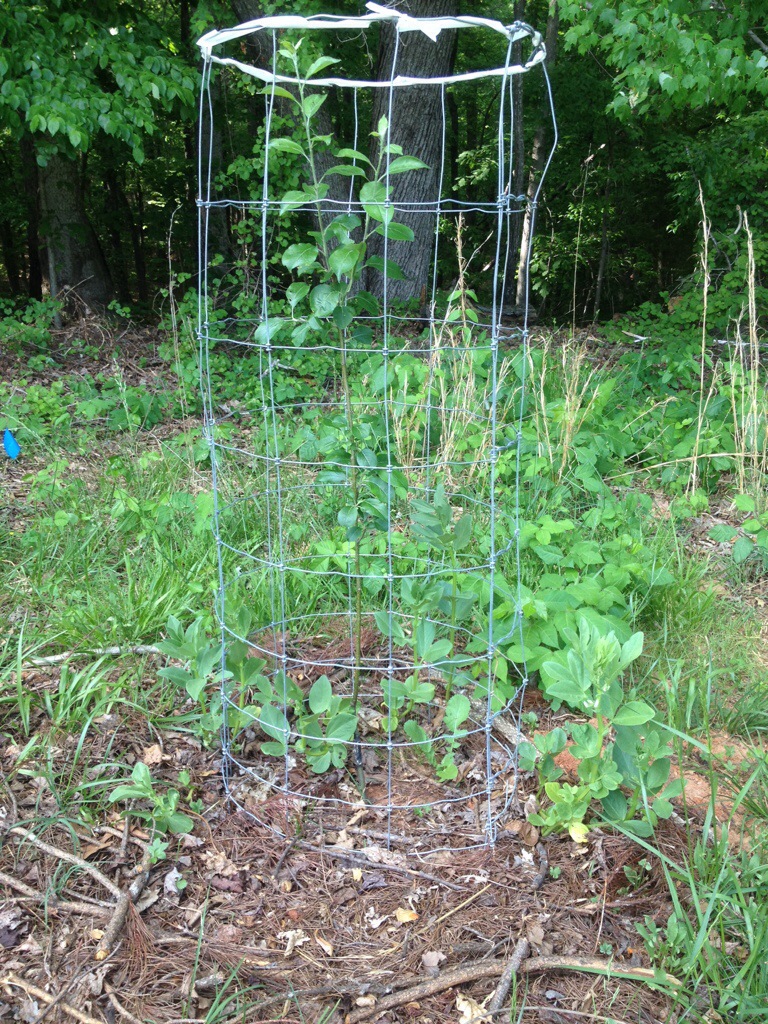
One of our heritage apple trees with a tomato cage to protect from deer, and fava beans planted around it to produce mulch and fix nitrogen.
Okay. Let’s look at a semi-dwarf apple tree, like the William’s Favorite apple that I showed in the pictures of yesterday’s post. A semi-dwarf apple tree will cost anywhere from 15-40 dollars and you can definitely find a high quality, heritage variety for under 30 dollars. After planting, you can expect some yield in 2 years, but 3-5 years is when this tree will really hit it’s stride.
How much does a semi-dwarf apple tree produce? Around 4-7 bushels of apples per year. A bushel of apples is about 45 pounds, so that makes 180-325 pounds of apples every year. That’s a lot of apples. It’s actually 500-880 medium-sized apples, and would likely satisfy your “apple a day”.
How much are these apples worth? Well, first off, go down to a store and try to buy a beyond organic, no spray William’s Favorite apple. How much is it? It doesn’t exist. You can’t buy it at a store, but we’ll substitute organic apples for our calculations. So, organic apples run anywhere from 1.99/lb. to 3.99/lb., but I’ll use the lower number to be on the safe side. So, at 2 dollars per pound, 1 tree will produce $360-650 worth of apples per year.
But what can you do with hundreds of pounds of apples? Well, you could make homemade apple pie, 60 -100 pies per tree actually.
What about cider? Did you know that President John Adams would drink a tankard of hard cider every morning to prevent gas? Well, your mature apple tree can produce enough apples to make 12-24 gallons of cider per year. That’s 128-256 bottles, or 21-42 6 packs of craft cider. If you’re not a cider drinker, I’ll tell you that a 6 pack of quality cider costs about 10 bucks, and most of these are made from the rejects of the fresh fruit market.
Now, for how long can you expect this investment to return? While standard apple trees, those grown on full size rootstocks, can easily live 100 years, semi-dwarf apples typically live from 20-25 years. So your $30 apple tree will produce around 5000 pounds of apples, enough to make 1500 apple pies, or 600 6 packs of apple cider. And thanks to inflation, who knows how much these will cost in the next 25 years.
I’d say that’s a pretty good deal. And after the first year, once the tree is established, it will require very little maintenance. Now if this 1 tree is surrounded by support species plants that fix nitrogen, attract pollinators, and provide mulch and predatory insect habitat, and maybe a small swale to hydrate the soil and reduce water needs, then this 1 tree becomes a self-supporting, and highly valuable aspect of your property.
And while you can drive out right now and buy a 2-3 year old apple tree to plant, you cannot buy a 10 year old tree that is in full production, with a root system 20 feet deep and capable of surviving drought like no corn field or garden can. All of these, and many more, are reasons to consider planting a fruit tree or two on your property. It’s not that hard, and can be an extremely profitable investment.
my birthday was last week and one of my co-workers, who i admire very much, gave me a pineapple plant! amazing!
this might make me sound ridiculous, but i really had no idea that another pineapple (Ananas comosus) could grow from the top of your old pineapple! my parents and i did do interesting growing experiments when i was a kid; with avocado, celery, or potatoes, but never with tropical fruits. we live in zone 7 (while the pineapple plant likes zone 9) and so i suppose my parents never thought that they would be able to keep a living pineapple plant alive. so, i was excited to learn more about this super cool (and sharp) bromeliad!
first of all, the pineapple plant needs warm weather and should never be allowed to be exposed to temperatures less than 20 degrees. this means that to grow it in our area, we will need to keep it inside or in a greenhouse. my plan is to keep it inside near a very sunny window until true spring and summer hit and then give it some time outside in the bright sun. it also likes soil that is somewhat moist so i expect i’ll need to water it at least once a week while inside and every few days while it’s outside basking in the sun.
it is great to have this plant as an addition to our homestead; pineapple is rich in manganese and vitamin c, and the juice can help breakdown and digest protein. my mother always says that some pineapple for dessert is a great thing for aiding in digestion! also, the fruit and the root can be eaten or applied to the skin to act as an anti-inflammatory.
a last fun fact about pineapple: a pineapple will never become any riper that when it is picked! unlike other fruits, a pineapple does not ripen once removed from its plant. instead of “ripening,” the pineapple gets soft once an enzyme inside of it gets activated. this enzyme works to break down the structural material inside the plant. cool, huh?
cool… just like the smoothie that my yummy pineapple will end up in sometime in the future!
.:.
© 2024 KW Homestead
Theme by Anders Noren — Up ↑

